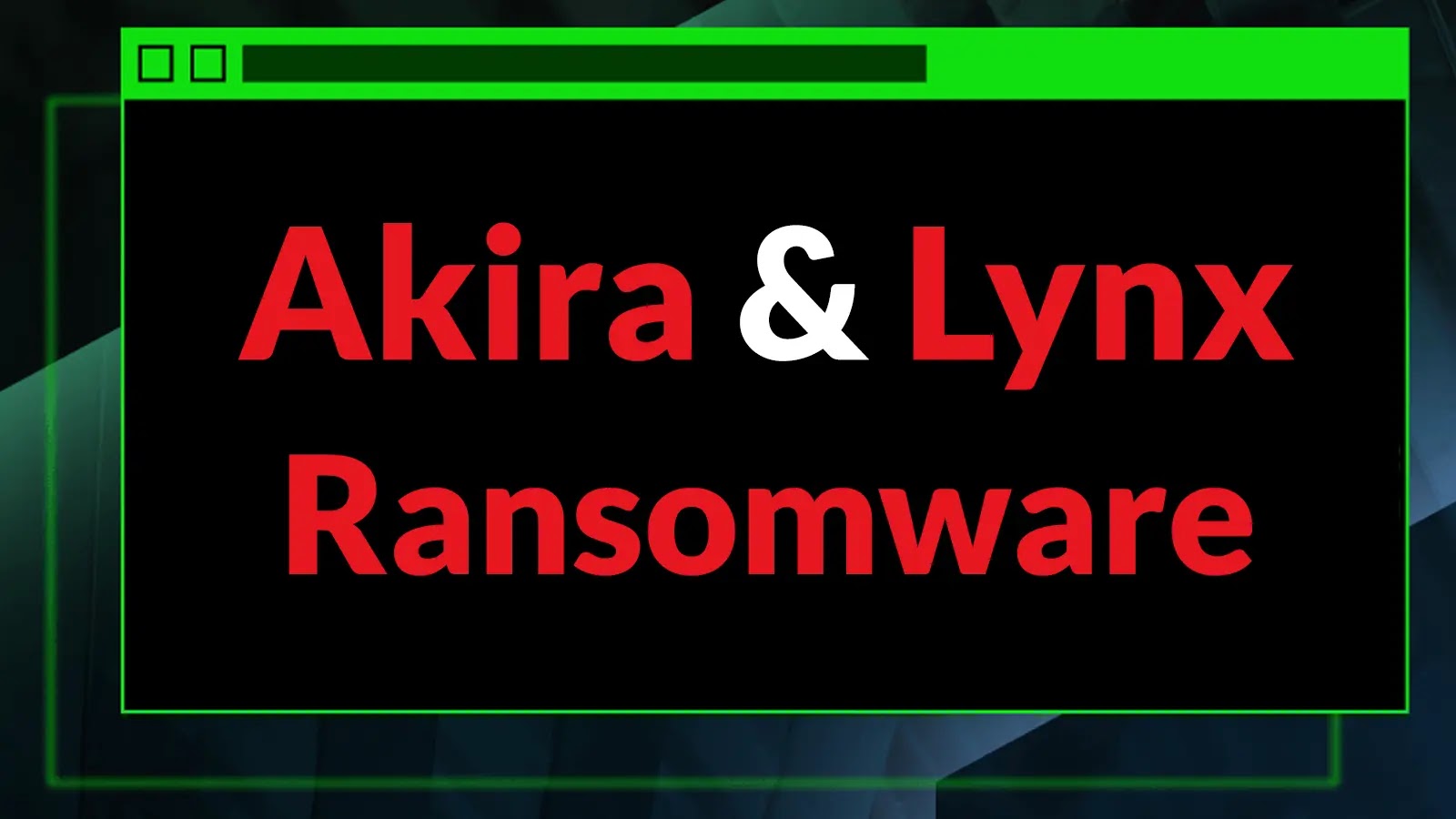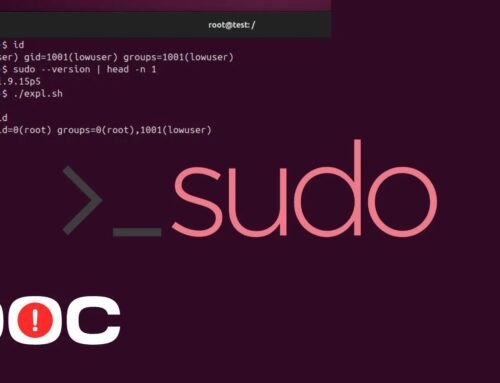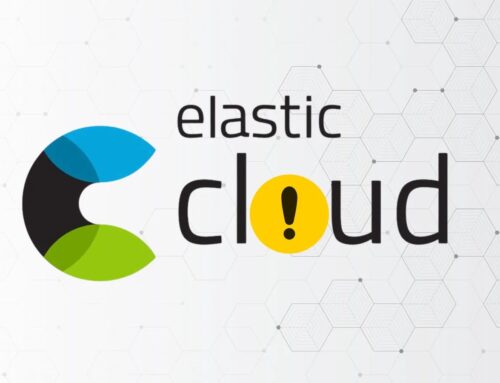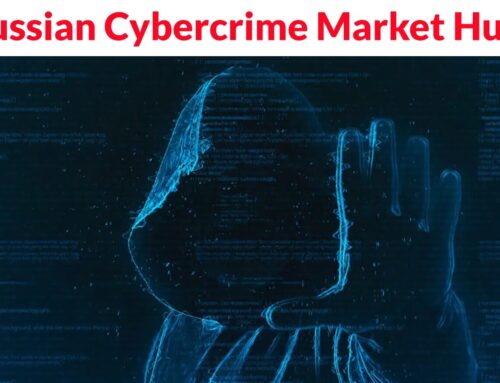
Akira and Lynx Ransomware Attacking Managed Service Providers With Stolen Login Credential and Vulnerabilities
Managed Service Providers (MSPs) and small businesses face an unrelenting barrage of cyber threats. Among the most insidious are the sophisticated ransomware operations, Akira and Lynx. These groups leverage a dangerous combination of stolen credentials and targeted vulnerability exploitation, having collectively compromised over 365 organizations. This alarming statistic underscores a critical reality: anyone serving as a linchpin for multiple client infrastructures is a prime target for these advanced Ransomware-as-a-Service (RaaS) operations.
Akira and Lynx: A Dual Threat to Digital Supply Chains
The emergence of Akira and Lynx as significant threats is not coincidental. Their effectiveness stems from a strategic focus on high-value targets like MSPs. Compromising an MSP grants threat actors not just access to the MSP’s internal systems, but also a gateway to their entire client base, creating a ripple effect of potential damage across numerous organizations. This is analogous to a supply chain attack, where a breach at one critical vendor can cascade through an entire ecosystem.
Both Akira and Lynx operate as RaaS models, meaning their ransomware code and infrastructure are leased to affiliates who then conduct the actual attacks. This decentralization makes attribution and disruption more challenging, as new affiliates can quickly emerge even if core operations are targeted.
Tactics of Exploitation: Stolen Credentials Meet Vulnerabilities
The success of these ransomware groups hinges on their multi-pronged attack vectors. They don’t just rely on a single weakness; instead, they combine initial access methods for maximum impact:
- Stolen Login Credentials: Phishing, brute-force attacks, credential stuffing, or purchasing credentials on the dark web provide unauthorized access to legitimate accounts. Once inside, they can move laterally through networks, elevate privileges, and deploy their ransomware.
- Vulnerability Exploitation: Unpatched software and overlooked system vulnerabilities provide direct pathways into networks. While the exact CVEs exploited by Akira and Lynx can vary as new vulnerabilities emerge, they consistently target common weaknesses in widely used software and network devices. A recurring target for ransomware groups, for instance, are vulnerabilities in VPNs or remote desktop protocols (RDP) like certain CVE-2019-11510 (Pulse Connect Secure) or CVE-2022-26134 (Atlassian Confluence Server & Data Center), which provide initial network access.
This dual approach significantly increases their success rate. Even if strong password policies are in place, an unpatched vulnerability can still be the vector. Conversely, even with fully patched systems, weak credentials can undermine an organization’s defenses.
The RaaS Business Model: A Growing Threat Ecosystem
The RaaS model employed by Akira and Lynx democratizes sophisticated cybercrime. For a fee or a share of the ransom, less technically proficient criminals can launch highly effective attacks. This structure fuels a robust underground economy, ensuring a steady stream of new attacks and making complete eradication of these threats incredibly difficult. As observed with other prevalent RaaS operations, the affiliates are often responsible for initial reconnaissance, gaining access, and deploying the ransomware payload, while the core group handles the development, infrastructure, and negotiation tools.
Remediation Actions and Proactive Defense
Protecting against Akira, Lynx, and similar ransomware threats requires a multi-layered, proactive defense strategy. MSPs, given their critical role, must implement robust security controls not only for themselves but also actively guide their clients in adopting similar measures:
- Strong Access Management:
- Implement Multi-Factor Authentication (MFA) for all services, especially for remote access, VPNs, and privileged accounts.
- Enforce strong, unique passwords for all accounts and regularly rotate them.
- Employ the Principle of Least Privilege, granting users only the necessary access for their roles.
- Vulnerability Management and Patching:
- Conduct regular vulnerability assessments and penetration testing.
- Maintain an aggressive patching schedule, prioritizing critical and high-severity vulnerabilities immediately. Stay informed on newly disclosed CVEs relevant to your infrastructure, such as those impacting commonly used remote access tools or business applications.
- Utilize automated patch management systems.
- Network Segmentation:
- Isolate critical systems and sensitive data from the rest of the network to limit lateral movement if a breach occurs.
- Implement strict firewall rules to control traffic between segments.
- Endpoint Detection and Response (EDR)/Extended Detection and Response (XDR):
- Deploy advanced EDR or XDR solutions on all endpoints and servers to detect and respond to suspicious activities in real-time.
- Configure EDR/XDR for behavioral analysis, looking for ransomware-like activities rather than just signature matching.
- Ensure EDR/XDR solutions are configured to integrate with threat intelligence feeds that include indicators of compromise (IoCs) related to Akira and Lynx.
- Data Backup and Recovery:
- Implement a robust 3-2-1 backup strategy (at least three copies of data, stored on two different media, with one offsite).
- Regularly test backup restoration procedures to ensure data integrity and recoverability.
- Ensure backups are isolated from the network to prevent them from being encrypted by ransomware.
- Incident Response Plan:
- Develop and regularly test a comprehensive incident response plan for ransomware attacks. This plan should include clear roles, responsibilities, communication protocols, and steps for containment, eradication, and recovery.
- Security Awareness Training:
- Regularly train employees and clients on identifying phishing attempts, social engineering tactics, and the importance of reporting suspicious activities.
- Emphasize the risks associated with stolen credentials.
Recommended Tools for Proactive Defense
| Tool Name | Purpose | Link |
|---|---|---|
| Tenable Nessus | Vulnerability Scanning and Assessment | https://www.tenable.com/products/nessus |
| Microsoft Defender for Endpoint | Endpoint Detection and Response (EDR) | https://www.microsoft.com/en-us/security/business/threat-protection/microsoft-defender-for-endpoint |
| Okta | Multi-Factor Authentication (MFA) and Identity Management | https://www.okta.com/ |
| Veeam Backup & Replication | Data Backup and Recovery | https://www.veeam.com/backup-replication-vbr.html |
| Proofpoint Essentials | Email Security and Phishing Protection | https://www.proofpoint.com/us/products/email-protection/essentials |
Conclusion
The ongoing threat from Akira and Lynx ransomware groups highlights the evolving sophistication of cybercriminals. Their focus on MSPs and small businesses, coupled with their dual exploitation tactics, demands heightened vigilance and robust security measures. Protecting against these threats is not merely about implementing individual security tools; it’s about fostering a comprehensive, layered defense strategy that prioritizes strong access controls, diligent vulnerability management, resilient backup solutions, and continuous employee education. Proactive defense remains the most effective deterrent in the face of these persistent cyber adversaries.





